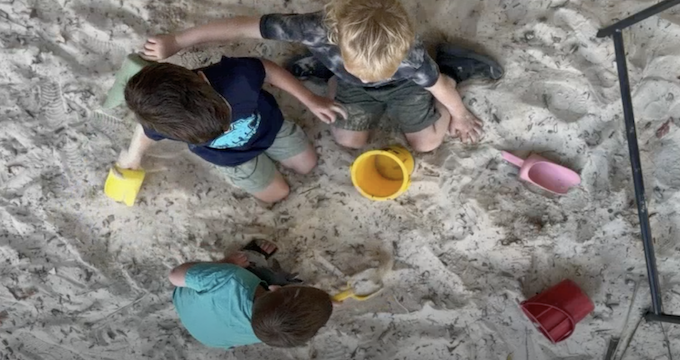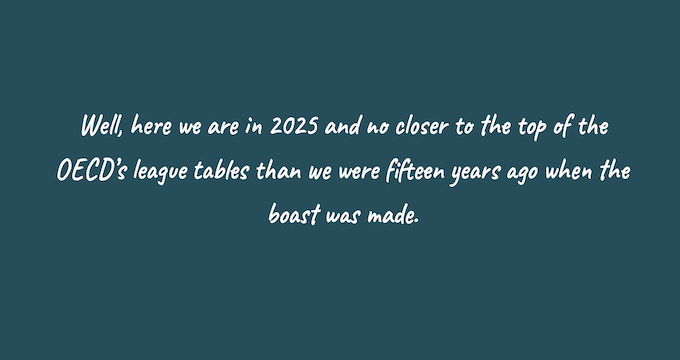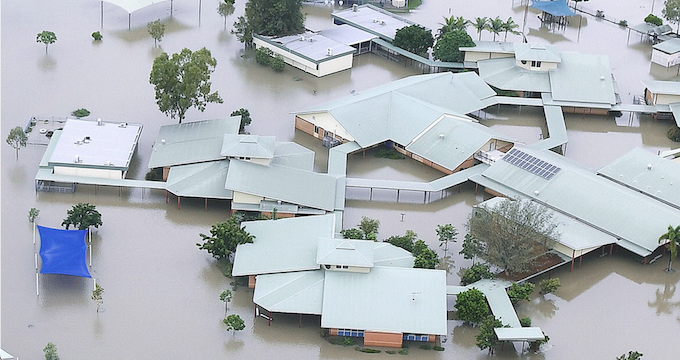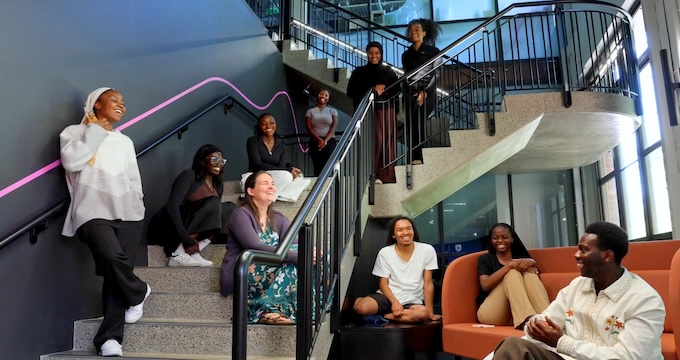The ABC’s Four Corners television episode ‘Betrayal of Trust: Australia’s Childcare Crisis’
into the worst excesses of the troubled early childhood education and care (ECEC) sector was
gruesome viewing. This article discusses the central challenges the program revealed rather
than the horrific stories of abuse, injury, and neglect. Such reports are likely to scare parents
with over a million families and almost 1.4 million children using Government-subsidised
services.
The ABC’s six-month investigation revealed what happens when the values and goals of
education and care are misaligned with corporate agendas but are fuelled by Government
policies and practices. While the program interviewed a service director within a service
where the children had a chance to flourish, and the system worked well, these scenes were
few and far between.
These services supposedly make up about 90% of the sector. Such services are said to meet or exceed sector standards set by the ECEC federal governing body, the Australian Children’s Education and Care Quality Authority (ACECQA).
Under-reporting
However, as the investigative journalist, Adele Ferguson, revealed, there is an under-reporting of breaches of the national standards as educators fear losing their jobs. Additionally, many
services are not accredited by the state and territory authorities. Even those
services with breaches are still often able to open new services. One of the challenges within
the system is that the federal and state and territory governments share responsibilities, and
therefore can blame each other when things go wrong.
The episode is like the nursery rhyme:
There was a little girl,
Who had a little curl,
Right in the middle of her forehead.
When she was good
She was very, very good,
And when she was bad she was horrid.
Many very, very good community-led and for-profit services in Australia are supporting
children to thrive. But there is also the house of horrors as Four Corners revealed. So then,
how did we get here?
A misalignment of values and goals
When we try to marry corporate values to make a profit with the wholesome philosophies of
education and care, there is bound to be a misalignment. Education and care were once
mainly entrusted to families, community and government organisations. It cannot be said that
there were no breaches in these types of care. That said, the starting point was generally
agreed upon as being that children had a right to education and care to reach their potential.
In this not-for-profit model, there is no need to keep shareholders happy and keep enrolments
full at all times. There are many instances in Australia where this model works very well, for
example, community preschools, mobile preschools, ECEC services attached to schools, family daycare overseen by community bodies, and long daycare services operated by shire
councils and other educational organisations (such as universities).

Figure 1: The balancing act between for-profit and community and government owned
services
In these places of work (shown in Figure 1), educators are more likely to:
a) Be permanent employees;
b) Enjoy working in an environment where they can access leave and professional
development and generally work with reasonable child-to-educator ratios, and
c) Feel empowered to report breaches and be true to their role as mandatory reporters.
This is because the power dynamic is quite different to for-profit providers. The educator
knows this is a community or government-owned service that their rates or taxpayer dollars
fund. They are more likely to report misconduct because it is what the community expects,
and they are less likely to face negative ramifications from those within the service. While
community and government ownership and funding sources are transparent in these cases, it
can be quite different in for-profit services.
Power dynamics and hidden funding
In for-profit services, there are more likely to be more casual employees and higher staff
attrition. This is the case with any profit-oriented social service. Attrition often feeds on
itself as it negatively impacts all concerned, creating attrition cycles (see Figure 2). Insecure
work means workers have less power, so they are more likely to comply with employees’
demands and keep quiet when things go wrong (see Figure 1). This might include
deliberately ignoring breaches, such as not following guidelines for educator-to-child ratios,
not providing children with adequate nutrition or care, as well as injuries, abuse, and children
going missing. Additionally, there are likely to be higher numbers of staff sponsored by the
organisation on temporary visas, adding to the insecurity they feel.

Figure 2: Cycle of attrition of ECEC educators (from Rogers, 2025)
Adding to this mix is the hidden government funding. Educators and families are often not
aware of how much tax-payer funding is poured into ECEC services. The vast majority of
these are privately owned, with Australia having one of the highest levels of for-profit
services in the world, and this is increasing. Educators unaware of this funding may be less
likely to hold the company accountable than they would in a community or government-
owned service.
Hidden government funding
While there are a few single-service providers, most of Australia’s for-profit services are run
by over 60 large providers with 25 services or more. These are often male-led publicly listed companies, meaning they need to keep their shareholders happy. They profit from generous Government funding designed to encourage the private sector to open services due to the high demand for ECEC services.
In a market-driven economy, enthusiasts of this system would say those services that are not
performing well will not be used, will experience debt, and eventually close. However, this is
not the case due to generous Government subsidies that fuel the system.
Also, there is an overwhelming shortage of educators, as Australia now needs a further
21,000 educators to meet demand. There is also a lack of services, especially in ‘childcare
desert’ areas, mainly in regional, rural and remote areas and low-income metropolitan
suburbs where three or more families are competing for one enrolment space. Families are
desperate for access to ECEC services due to the cost of living crisis, household debt, and the
desire for their children to have a head-start in learning before they go to school.
What is this doing to our children, families and educators?
The impact on children is devastating, as we know any trauma that occurs within the first few
years of their lives can have profound consequences for their development. Also, when their
child experiences trauma, their lives change as they are then dealing with the impacts of
trauma within the household every day. For parents, especially women, and carers, these problems in the system fuel potential feelings of guilt for leaving their children to go to work.
For educators, the news is probably no surprise. Many have witnessed or heard of the
challenges in some services, while others have moved to other services or left the sector to
escape.
While leaving the sector might seem like a good idea, the Four Corners episode revealed how
this impacts qualified, dedicated and passionate educators. Many of them talked of mental
health crises potentially fuelled by moral injury. They were disillusioned and disappointed
that the current system allows this to happen when educators are dedicated and passionate
about the children and families they support.
Leaving the sector means walking away from qualifications they have spent years studying
for, many of them accumulating debt to do so. Despite recent pay increases for some,
educators are still one of the lowest-paid workers, 92 per cent female, in Australia.
Where to from here?
The Government, ACECQA and the state and territory regulators must urgently meet with
organisations such as The Parenthood, Thrive by Five and other advocacy groups. They need
to meet with educators in both community and not-for-profit groups. They should heed these
groups’ recommendations to reform the system. Thanks to the work of the ABC, this can no
longer be hidden away. The girl with the curl in her hair can be very, very good, and so can
our ECEC services. Importantly, our children, families, educators and taxpayers deserve very,
very good services.
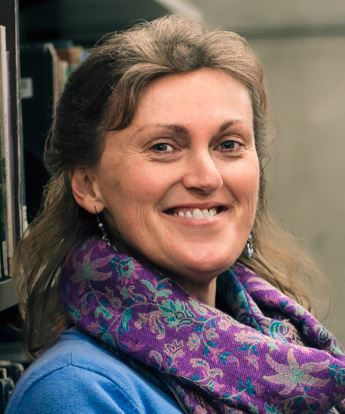
Marg Rogers is a senior lecturer in early childhood education at UNE and a Postdoctoral Fellow at the Manna Institute.
Header image is a still from the Four Corners program.




